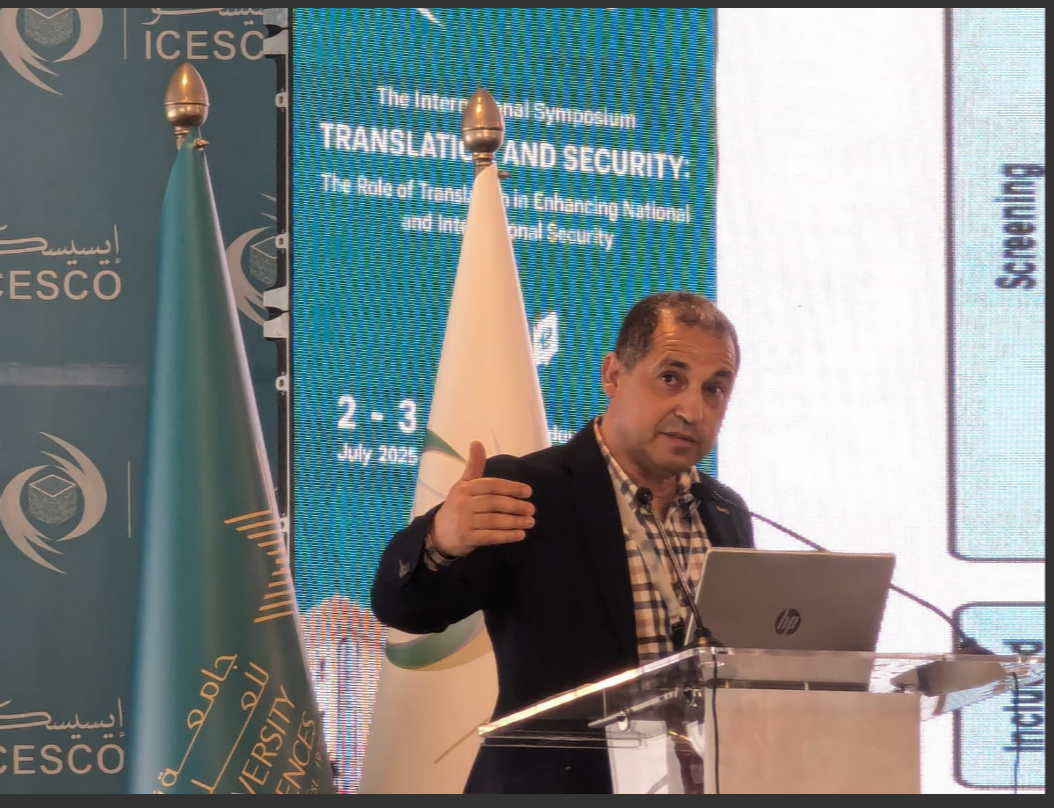محاضرة بعنوان فهم وتحليل النص لأغراض الترجمة
تم تقديم هذه المحاضرة/ الورشة لطلبة من مصر الشقيقة عبر الانترت ...كان ذلك أول درس قدمته عبر الانترنت بالتعاون مع جمعية عتيدة للترجمة و حوارالثقافات
Online course entitled ' Text Analysis for Translation Purposes'
My first online course given to students from Egypt in collaboration with the newly set distance and online translation programme (March 2010)
Here is the link to the course:
http://www.atida.info/training/course_details.php?course_id=4
Looking back at the course syllabus and delivery method, I now think that it could have been organised otherwise : in terms of the way objectives were outlined, the way the facilitation (actually teaching rather than facilitation) was carried out. At the time, the organisers were always talking about ' giving the lecture' as if we were in a traditional face to face context. It should not have been organised that way, the contents as well as the activities should be designed in a different way ....a way that would suit the learning and teaching conditions of the new online environment. Despite all this , I tried to diversify my activities in the intervention and instigate interaction. The problem was that I could not hear or see the students. They could see and hear all what I do ( we used the GOTO MEETING SOFTWARE ), but I could only see their textual communication in the chat box below. No voice and No faces.
The organisers said that this was mainly to keep the Internet connection flowing since visual or voice communication may be interruption the connection. This could be solved provided that the IT infrastructure was was well taken care of. Later on, when I made some research into ethical and cultural issues into e-learning phenomenon in the Arab world, i came across the local cultural constraints ( which I can very well understand), especially that small group of students I had were female students. Cultural and religious differences exists and we have to adjust to them in online education. I see what they want to know and then I reply by voice or showing / demonstrating on the screen ( they can see all that I write on the screen-based white board...my computers screen, since I can use the interface software so as they can follow my power power point slides.
The organisers said that this was mainly to keep the Internet connection flowing since visual or voice communication may be interruption the connection. This could be solved provided that the IT infrastructure was was well taken care of. Later on, when I made some research into ethical and cultural issues into e-learning phenomenon in the Arab world, i came across the local cultural constraints ( which I can very well understand), especially that small group of students I had were female students. Cultural and religious differences exists and we have to adjust to them in online education. I see what they want to know and then I reply by voice or showing / demonstrating on the screen ( they can see all that I write on the screen-based white board...my computers screen, since I can use the interface software so as they can follow my power power point slides.
Now, I would do something else. The above was only a replica ( a lecture mode) of the face to face classroom. I think outstanding learning outcomes could be achieved if we could start teaching or training future translators or interpreters in an online environment.
Fouad


No comments:
Post a Comment